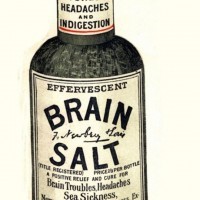This is an editorial by Sunil Kripilani that shares the shortcomings of discharge summaries being produced by EHRs.
Essentially, this is a call for action, for clinicians and patients to be directing IT developers on how to incorporate best practice into output design.
Summaries and reports at discharge are often not helpful for patients as they are unable to interpret the message. I have encountered many instances where patients were unable to follow the medication discharge plan, using comments "it's too many pages", "it's too confusing". He suggests using the
Patient Education Materials Assessment Tool (PEMAT)
as a guide to designing the organization, readability and formatting of patient take home tools.
I believe as health providers, we often know the shortcomings of the outputs from the systems that our organization uses, but feel helpless on implementing change due to the ever growing wishlist and costs associated with modifying/customizing.
There is certainly an opportunity to work together with patients, clinicians and HealthIT professionals to design an evidence-informed standardized patient take home tool (including reconciled medication plan) - that can be tested with users. Let's setup our patients for success!
Here is the
editorial
.
Would love to hear your thoughts and have you share your experiences.
Lisa
 Clinical summaries for hospitalised patients: time for higher standards - EHRs fall short when generating patient tools
Clinical summaries for hospitalised patients: time for higher standards - EHRs fall short when generating patient tools




